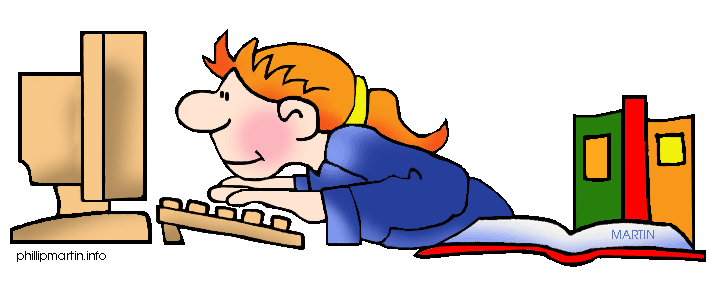When I conduct research, I usually start with too broad of a topic. I
recently did a report on the effects of cyberbullying on students, and how we
can help the students cope. When I started my research, I went to the library
and entered Cyberbullying into the catalogue. Our library system has several
libraries throughout the city. There were not any books on Cyberbullying at
that library, but there were several at other libraries within the system. I
put as many books on the topic on hold, and then went to the computer.
 The internet has an overload of information, so I was expecting the vast
amount of information available. First, I opened up Google Scholar, and typed
in Cyberbullying. For several hours, I went through the articles until I found
some that were interesting. At that point, I started cutting my topic down to
one more specific. With all the information I found on the effects of
cyberbullying, I chose to discuss the effects, and how to help students
suffering from cyberbullying.
The internet has an overload of information, so I was expecting the vast
amount of information available. First, I opened up Google Scholar, and typed
in Cyberbullying. For several hours, I went through the articles until I found
some that were interesting. At that point, I started cutting my topic down to
one more specific. With all the information I found on the effects of
cyberbullying, I chose to discuss the effects, and how to help students
suffering from cyberbullying..jpg) The next step I took was to go back to the library. The five books I reserved
were in, and the library has several databases that I could go through for
resources. Unfortunately, the databases did not have much on my topic. The most
I could find there was definitions. I chose not to use those, and took the
books home to go through them.
The next step I took was to go back to the library. The five books I reserved
were in, and the library has several databases that I could go through for
resources. Unfortunately, the databases did not have much on my topic. The most
I could find there was definitions. I chose not to use those, and took the
books home to go through them.  For the next few days, I went through the books, and took notes on
anything I wanted to use. When I was in high school, my English teacher had us
write quotes out on note cards, and their citing on the back, so we would have
it available when we write the paper. I still use this old school method for
researching from books. By the time I got through the books, I had two dozen
note cards to use. I had quite a bit of information, but I needed more sources
for the paper.
For the next few days, I went through the books, and took notes on
anything I wanted to use. When I was in high school, my English teacher had us
write quotes out on note cards, and their citing on the back, so we would have
it available when we write the paper. I still use this old school method for
researching from books. By the time I got through the books, I had two dozen
note cards to use. I had quite a bit of information, but I needed more sources
for the paper.  My research process is a combination of modern and old school skills. I
use it for every academic paper I have written so far, and it has always worked
for me. I also feel it is important that all students should know these skills.
As a teacher and a future librarian, I
plan on teaching the all of my students to use note cards and Google Scholar.
Google Scholar is a great way to find reliable sources. The note cards are a
great way to organize research material. This saves time when it comes to
writing time.
My research process is a combination of modern and old school skills. I
use it for every academic paper I have written so far, and it has always worked
for me. I also feel it is important that all students should know these skills.
As a teacher and a future librarian, I
plan on teaching the all of my students to use note cards and Google Scholar.
Google Scholar is a great way to find reliable sources. The note cards are a
great way to organize research material. This saves time when it comes to
writing time.








